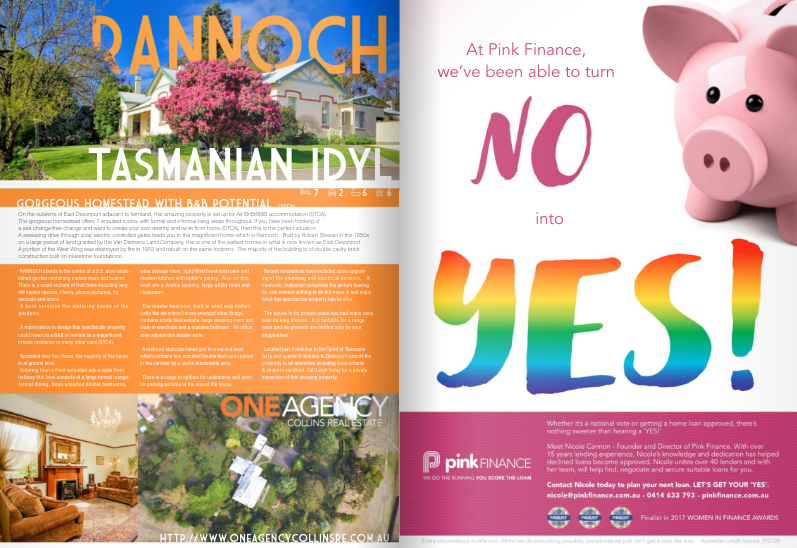It’s a Bond, Deposit Bond.
So you have found a property you want to purchase, but you face a dilemma:
Your savings are locked in a term deposit or are tied up in the equity of your property.
How do I purchase a property when I cannot access my cash?
A simple solution to this may be to have a Deposit Bond.
Deposit Bonds are an insurance policy that indemnifies (or guarantees) that you, the buyer, will have the deposit available at settlement.
There are two type of deposit bonds:
- A Short Term Bond or
- A Long Term Bond
Different criteria apply for short-term and long-term deposit bonds.
A Short-Term Deposit Bond, also known as a Finance Backed Deposit Bond can last for 6 months.
If you have formal finance approval and your loan plus your available savings is equal to or greater than 105% of the purchase price, a Short Term Deposit Bond can be issued without having to assess your borrowing capacity.
A Long Term Deposit Bond will require a full assessment of your position to determine your borrowing capacity. This is commonly used when buying off the plan and you are needing a deposit bond to exchange.
How much does a deposit bond cost?
The costs for a bond vary. The longer the bond term is, the higher the premium will be.
Contact Us if you would like a quote for a deposit bond – it will only take 2 minutes.
All we need is the purchase price and when will settlement be.
Deposit Bond PROS
- Quick turnaround time
- Saves you from having to withdraw investments prematurely
- You can have a blank bond (i.e not property specific) as a way to exchange at auction
- Valid for six months for short term and four years for Off The Plan
Things to be aware of with deposit plans:
- Not all vendors will accept a deposit bond
- You must have written consent in the contract that you can exchange by deposit bond
- Typically the deposit bond will be 10% of purchase price
- If your bond is less than 10% of the purchase price, you may need to use savings to complete the exchange.
- Some lenders will only allow deposit bonds from certain providers.
Pink Finance’s provider of Deposit Bonds is QBE – one of Australia’s biggest insurers.
Having no available cash to exchange is no longer any limitation for you – let Pink Finance help you secure that home today!
When thinking of relocating, either to downsize, upgrade or to move interstate, a question often asked is:
“Do I sell first then buy or do I buy first hope I sell during my settlement period?”
Bridging finance may be an answer to this.
But, what exactly is Bridging finance?
Bridging finance is a loan structure that allows you to fund your new purchase whilst selling your current home. Bridging finance, often called ‘relocation loans’, last between 6 to 12 months time, depending on the lender.
There are three types of debt that is referred to with Bridging finance:
Peak Debt
Where the total debt that you are holding whilst this includes:
- Your current loan balance
- Purchase price of new property (less deposit paid)
- Stamp Duty
- Interest of bridging period
End Debt
The loan balance after the sale of the property and all costs have been paid
No End Debt
Your debt is nil after the bridging period. This is quite common if you are downsizing.
‘How much is bridging finance?’
This is the biggest question we are asked.
Bridging finance used to have a premium rate and was quite an expensive option. Now, Bridging Finance is subject to the standard variable rate. After settlement this will be reduced based on the lender and discount offered and the loan amount.
What are the PROS?
- It enables you to buy the house you love now and saves you possibly moving twice
- Gives you 6 to 12 months to prepare your home for sale to achieve maximum price possible
- Reduced interest only payments or sometimes no payments at all during the bridging period with the flexibility of making extra repayments with no penalty any time
- Rates and no longer inflated
And the CONS?
There are some points to be aware of during the Bridging finance process, so please make sure you consider the following:
- Interest rate accrued on PEAK debt during bridging period
- Higher application fees and valuation costs (some lenders my charge for an extra valuation)
- Limited lenders – not all lenders offer bridging finance. Consulting a broker is a must
- Some lenders will assess your borrowing capacity on your peak debt which can be quite hard to qualify for.
- Some banks reduce the valuation to allow for a fire sale
- Bridging finance is not uncommon, but can be quite complex, so by having a broker who can talk you through the process and to see if you qualify is crucial.
Luckily, Pink Finance loves this stuff! Get in touch if you’d like to learn more about Bridging Finance.
There is a lot of excitement about saying YES!
It certainly is a buzzword for many things right now, including marriage equality of which Pink Finance – 100% supports. This is why we partnered with the Star Observer to show how we have turned No into YES!

The Star Observer – October

Nothing is sweeter than being able to call up a client to say CONGRATULATIONS your loan is approved. Sometimes it is not always smooth sailing and there needs to be a second lender involved. There have also been times that a new customer has come to me seeking a second opinion where they have been told no by another.
Have we been able to turn declined loans into approved loans? Yes we have!
Have we misrepresented the application in any way to obtain the loan – DEFINITELY NOT.
Here are 4 current examples of where a no was turned into a YES.
Scenario 1: Rural Block of Land
Mr and Mrs J, are looking to purchase some rural land as a retreat for their three young children on the weekend. They have a 20% deposit. Mr J worked in the mining industry in the WA and was a FIFO (Fly In Fly Out) worker. The broker said the loan was declined due to postcode not being acceptable and concerns over a strike at the mine which was now resolved. This took our client 3 weeks.
Result: Teachers Mutual Bank approved the loan at 80% of land value due to strong income which was evidenced in payslips and employment letter. Approval completed in 10 days.
Scenario 2: Upgrading
Mr H sold his house and purchased a new family home. We had provided loan options and scenarios based on purchase price ranges. Upon successful purchase of property, client went to a big 4 lender who promised a super cheap fixed rate, cheaper than the proposal that we had originally provided. We could not match this rate and accepted we may have to step down on the scenario.
One month later Mr H came back and said that the loan did not get approved and the offer did not proceed.
Result: Loan Conditionally approved subject to valuation only in under 24 hours. Client was relived due to being committed to the property.
Scenario 3 – Debt Consolidation
Mr and Mrs P had considerable personal debt which they wanted to consolidate to improve overall every day cashflow. The restructure was going to save them over $4,000 / month!
Loan was approved but valuation came back with security being unacceptable until some repairs had been completed. A second lender was approached who approved the loan and has accepted the current state of the property and is funding the repairs that need to be done.
I felt compelled to comment and share my thoughts following the ABC 4 Corners Program on 21st August.
This broadcast was grossly negative on our industry, the property market and unethical / bullish practices from brokers and lenders. Whilst I do not disagree about the concerns about increasing home prices, (more…)






